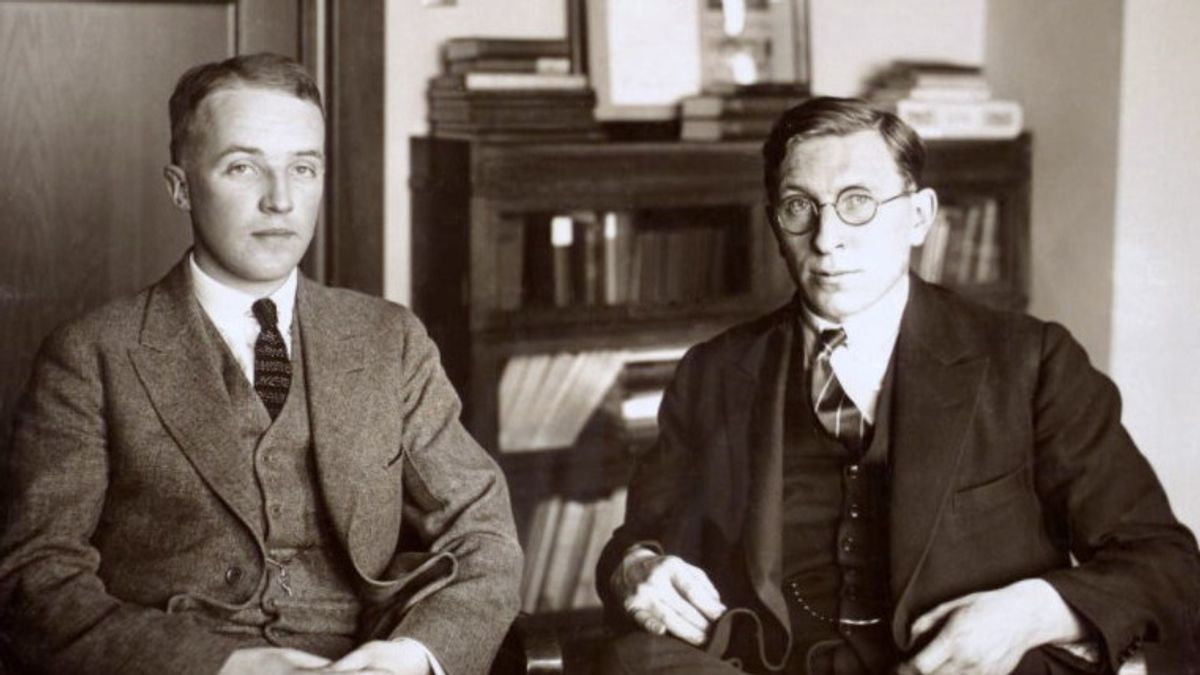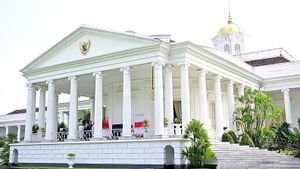JAKARTA - On January 11, 1922, for the first time insulin was used to treat diabetes in humans. This insulin was discovered by Sir Frederick G. Banting, Charles H. Best and JJR Macleod at the University of Toronto in 1921. Later, the insulin was purified by James B. Collip.
Citing Diabetes.org.uk, before 1921, people with type 1 diabetes could not live more than one or two years. One of the greatest medical discoveries of the 20th century is the only effective treatment for type 1 diabetes at this time.
The first person to get insulin was Leonard Thompson. He is a 14 year old boy with diabetes.
Leonard lies dying in the Toronto General Hospital. But the insulin given was an extract that was so impure that Thompson had a severe allergic reaction. Further injections were then canceled.
Over the next 12 days, James Collip worked day and night to refine the extract made from the cow's pancreas. The second dose was then injected on January 23.
The injection really worked. Not only because it is without side effects but also completely eliminates the signs of glycosuria from diabetes.
A dramatic momentChildren who die from diabetic ketoacidosis (DKA) are placed on large wards, often with 50 or more patients on the ward. Most of them are in a coma.
Grieving family members were often present, waiting for the then inevitable death. In one of the more dramatic moments of treatment, Banting, Best, and Collip walk from bed to bed, injecting the new, purified extracts throughout the people on the ward.
Before they reach the last dying child, the first few children to be given the shot wake up from comas. The three of them could hear the joyful cries of the children's families.
Era before insulinPrior to insulin, diabetes control was carried out through bizarre pharmacological treatments, such as opium use or dietary interventions. This is based on the belief that diabetic patients should eat extra portions to compensate for their endocrinological and metabolic disorders.
In the 1850s, French doctor Pierre Adolphe Piorry prescribed a hypercaloric diet to counteract the loss of calories in the urine. Quoting the journal The Discovery of Insulin: An Important Milestone in the History of Medicine, some doctors have begun to notice that fasting and not excess calories improve clinical symptoms of diabetes.
In 1706, a general surgeon named John Rollo successfully treated patients with dietary restrictions. French pharmacist and hygienist Apollinaire Bouchardat, considered the father of modern diabetology, observed an increase in diabetic patients during the German siege of Paris in 1870.
His school, and doctor Bernhard Naunyin became famous for recommending a sugar-free diet, known as the "Bouchardat treatment." Other nutritional interventions have become very popular, such as the Allen diet, introduced by American physician Frederick Madison Allen, which is a low-calorie diet that restricts carbohydrates.
American doctor Elliott Proctor Joslin, founded the Joslin Diabetes Center, the first service that specializes in treating diabetes patients. These services support strong prolonged fasting as a cure for diabetes otherwise known as "hunger diets."
The English, Chinese, Japanese, Arabic, and French versions are automatically generated by the AI. So there may still be inaccuracies in translating, please always see Indonesian as our main language. (system supported by DigitalSiber.id)










